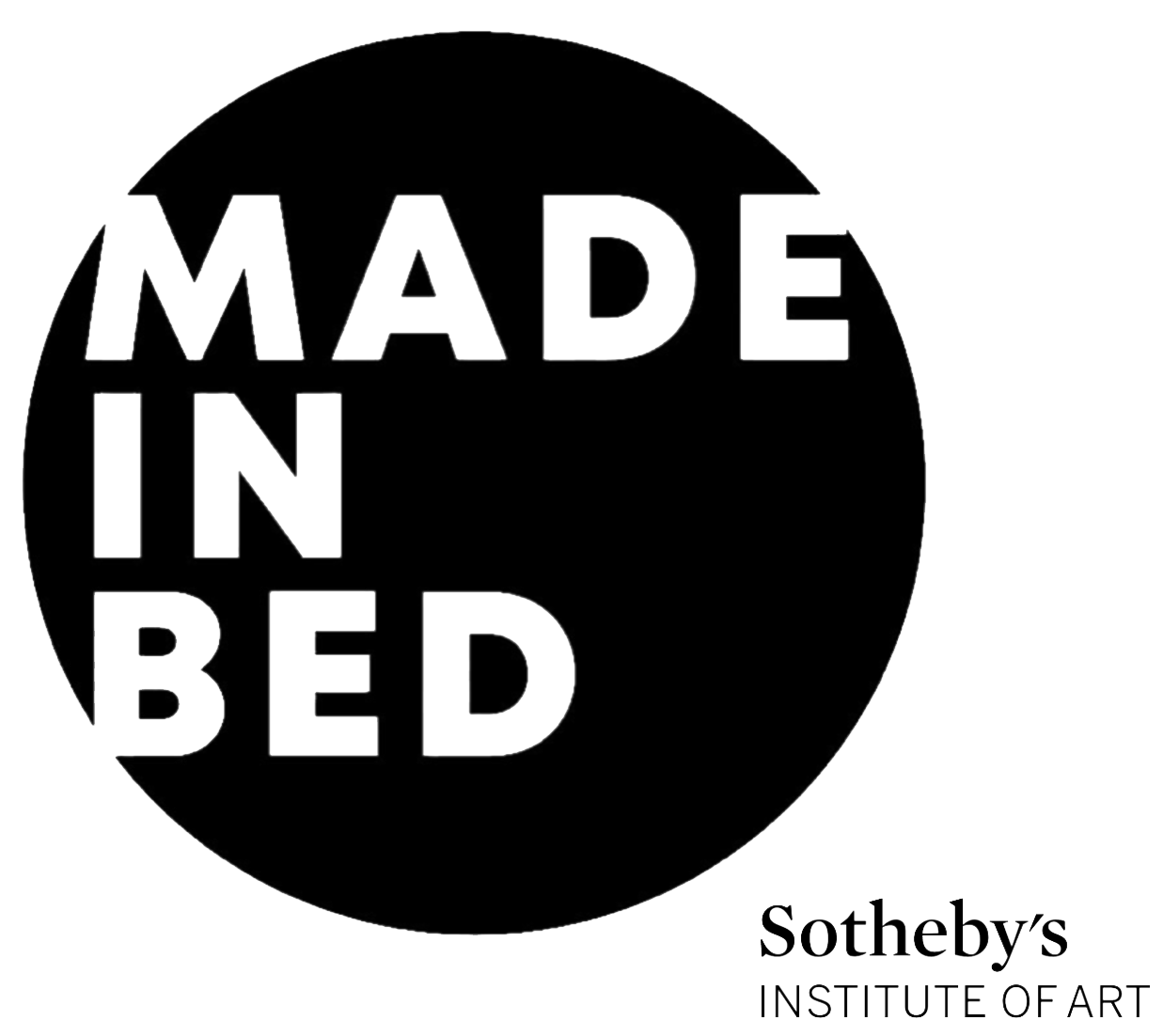Do Ho Suh: ‘Walk the House’ @ Tate Modern
From the moment you step into Walk the House, you become immediately aware that you are in the presence of something tender, obsessive, and quietly radical. Do Ho Suh has long been preoccupied with the idea of home—not as a fixed place, but as an emotional imprint—and this latest survey at the Tate Modern brings that fixation into staggering, sublime focus. It’s not just an exhibition; it’s a gentle haunting, rendered in translucent fabric and delicate graphite.
Do Ho Suh, Nest/s, 2024. Polyester, stainless steel. 410.1 x 375.4 x 2148.7 cm. Courtesy the Artist, Lehmann Maupin New York, Seoul and London and Victoria Miro. Photography by Jeon Taeg Su © Do Ho Suh.
Suh’s practice centres on the recreation of spaces he has inhabited, transforming them into ethereal installations that blur the boundaries between architecture and memory. It is from this philosophy that springs the phrase that threads through this exhibition like a hidden seam: walk the house. As a boy in Seoul, Do Ho Suh heard it from carpenters rebuilding his family’s hanok—a traditional Korean home built to be dismantled and reassembled. The phrase stuck. Years later, it became both the title and the emotional axis of this show, and it hits you in full force as you step inside the show’s centrepiece, Nest/s (2024). Not so much an exhibition as it is an inhabitation, you trail ghost-like through a dreamy procession of 1:1 fabric reconstructions of the artist’s former homes, each hand-stitched from diaphanous polyester in hues of rose, sea-green, and smoke-blue. These full-scale replicas of Suh’s former homes in Seoul, Berlin, London, and New York are realised in incredible detail, with everything from light switches to towel rails painstakingly and lovingly reborn in thread and tulle. What unfolds is not just a retrospective, but an embodied act of memory. Suh doesn't merely build houses—he carries them with him.
Suh isn’t just interested in nostalgia, however. Rubbing/Loving: Seoul Home (2013–2022), may just be one of the most obsessive and simultaneously moving acts of remembrance of the show. For nearly a year, Suh covered every internal surface in his childhood home with paper and rubbed it with graphite, preserving its textures like a fossil. On paper, it sounds mad. In person, it’s a love letter and a eulogy rolled into one. It is an artwork built on touch, labour and longing. It is also built on the idea of control—about the desire make the changing, static; to hold onto something forever; to map every inch of a memory before it disappears; and, ultimately, the impossibility of that desire.
Do Ho Suh, Rubbing/Loving Project: Seoul Home, 2013-2022. Installation view at Museum of Contemporary Art Australia, Sydney, Australia. Photography by Sebastian Mrugalski. Courtesy of the artist, Lehmann Maupin, New York, Seoul, and London and Victoria Miro. © Do Ho Suh.
The exhibition smartly builds in contrast, as you move from the soft, weightless houses into colder zones. Suh’s video work Robin Hood Gardens (2018) and Dong In Apartments (2022) are documentary-style recordings of soon-to-be-demolished housing blocks. The footage is constructed using photogrammetry, meaning it is created from mapping images to visualise the 3D, digital models shown. The tone shifts from personal to political, inherently rooted in the memories of the building’s residents. While the homes scheduled for destruction aren’t Suh’s, he treats them with the same reverence: as structures that held lives, now facing erasure. They don’t beg for your sympathy—they just exist, silently, until they won’t.
Do Ho Suh, Robin Hood Gardens, Woolmore Street, London E14 0HG, 2018 (still). Commissioned by the Victoria and Albert Museum, London. Courtesy of the Artist, Lehmann Maupin, New York, and Seoul and Victoria Miro. © Do Ho Suh.
The final room offers his speculative Bridge Project, where he imagines a bridge linking all the cities that he has called home, hovering impossibly over the Arctic. It’s both funny and sad in its idealism—a nod to statelessness, climate anxiety, and this idea of a nowhere/everywhere utopia that exists only in your mind—frozen between the warmth of home and the nothingness of icy plains.
In all, Walk the House left me raw. There’s a kind of reverence in Suh’s work that is deeply human—a refusal to let go of what once sheltered us, even as it vanishes. It’s a show about dislocation, yes, but also about care: each stitch, each mark, an insistence that every place we’ve lived still lives in us.
It is truly an unmissable show, so go. Spend time with it. Walk slowly. Let it in.
Do Ho Suh: Walk the House is on at the Tate Modern until 19 October 2025. Further information on purchasing an admissions ticket can be found here.
Nicole John,
Reviews Co-Editor, MADE IN BED




